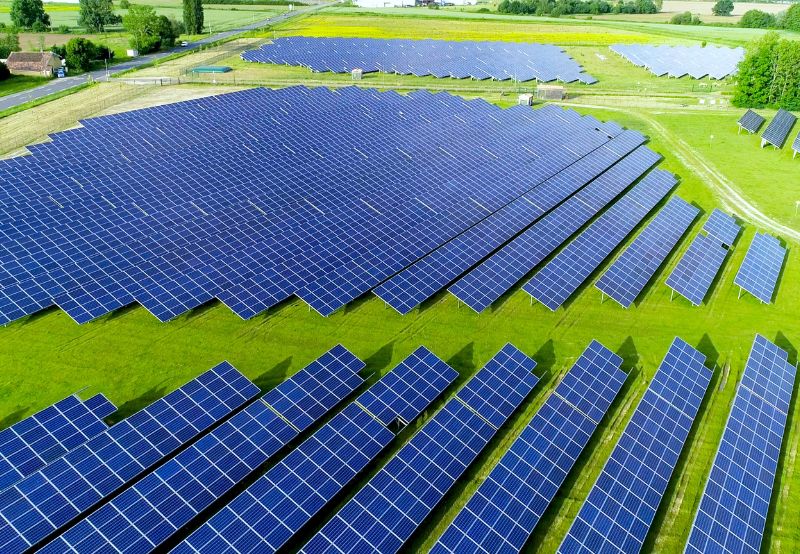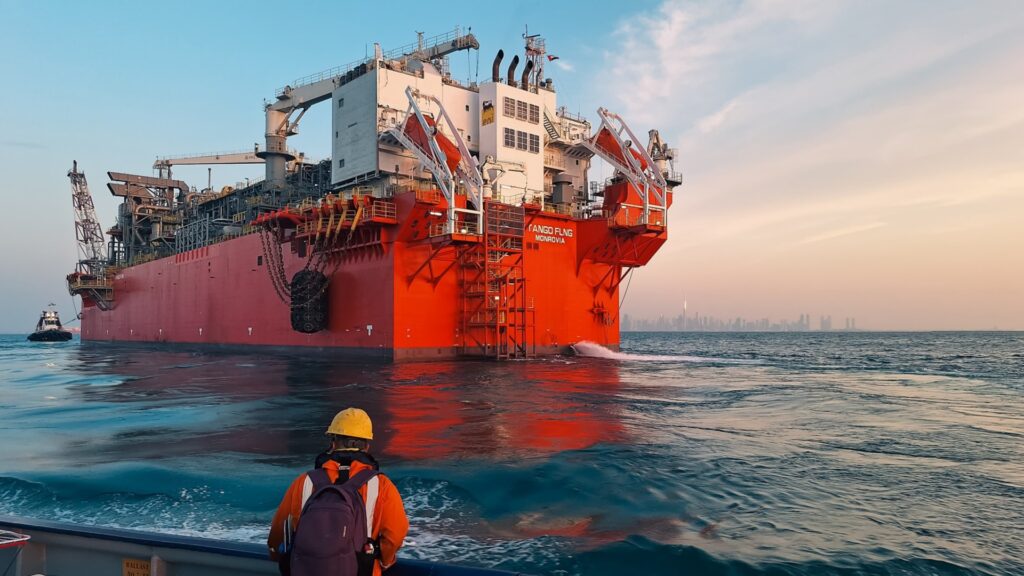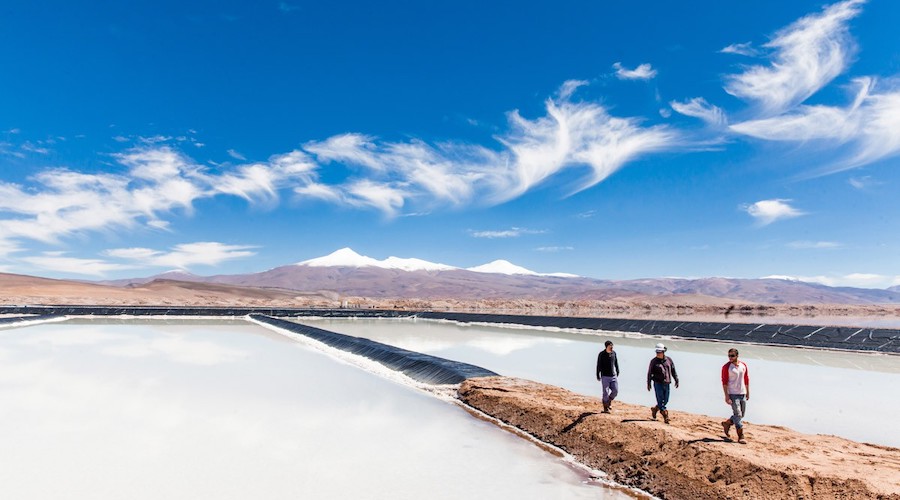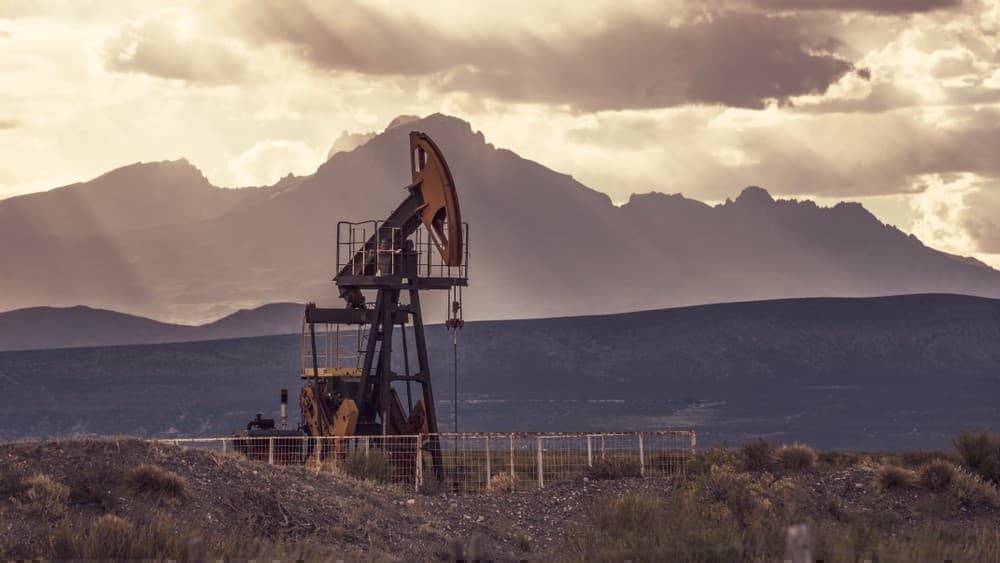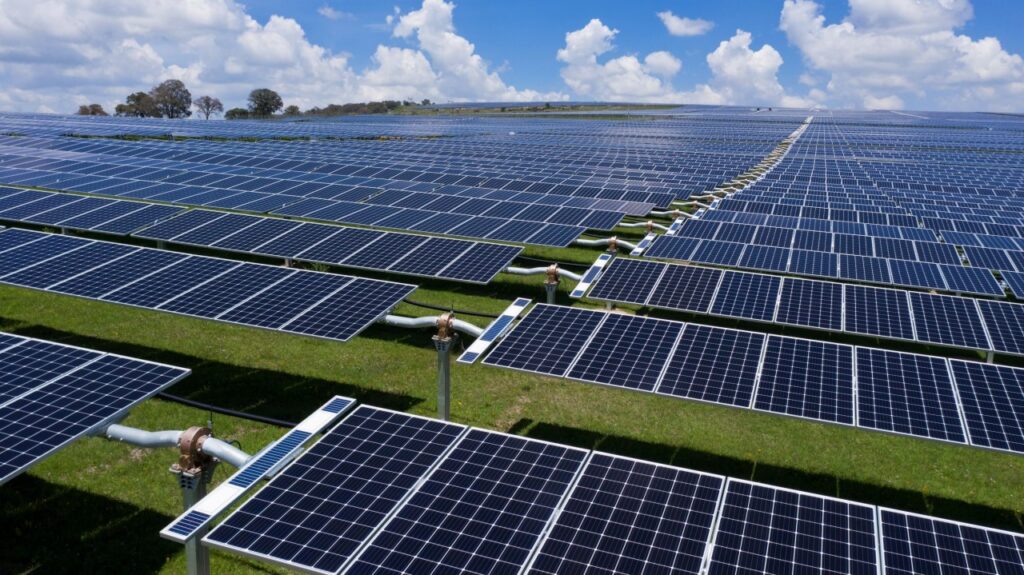
Gonvarri Solar Steel, a Spanish solar racking solutions’ manufacturer, bagged a deal to supply 396 MWac/472 MWdc of its hardware to a subsidiary of Spain’s Enhol Group for a project in Peru. The solar trackers will be crucial in the development of the largest photovoltaic (PV) complex in Peru and South America. The construction of the PV park is underway and will provide clean energy to over 230,000 households in northern Peru. These tracking systems will support over 740,000 modules at the solar park in La Joya, Southern Peru. The solar farm is expected to generate 1.2 TWh of electricity annually. Gonvarri Solar has been delivering its tracking systems for projects in the Peruvian market since 2014. It has also delivered a total of 500 MW of solar trackers, establishing itself as a key player in the energy sector. Y-clevis eye connect the torque tube to the drive systems.
A torque tube is the rotating structural component. A high-quality Y-clevis eye allows the tracker to pivot and follow the sun’s movement and maximize energy capture. It provides a hinged joint and allows the torque Peru’s solar farms need robust components due to wind loads, dust, and thermal expansion. The Y-clevis eye helps distribute mechanical forces evenly and prevent premature wear. It is made from galvanized steel or stainless steel to withstand harsh conditions. A Y-clevis eye ensures smooth, reliable movement and reduces downtime and maintenance in remote solar installations.
Solar trackers and Y-clevis eye in Peru’s solar farms
A Y-clevis eye is a U-shaped or Y-shaped mechanical connector that attaches to a pin or rod. It allows for pivoting or rotational movement. The clevis eye’s design permits the pivoting motion necessary for trackers to adjust the angle of solar panels throughout the day. By reducing mechanical stress and friction, the clevis eye increases the system’s operational life and reduces maintenance. Its durability reduces downtime and maintenance costs, which is crucial for solar farms. This makes them essential components in supporting Peru’s broader transition to renewable energy and carbon reduction targets. Here are the roles of Y-clevis eye in solar trackers and solar farm projects in Peru.
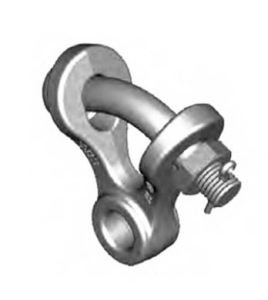
- Structural connection and load transfer—the Y-clevis eye links actuator rods to torque tubes or rotating frames. It helps transfer mechanical force from the actuator to rotate or tilt solar panels.
- Durability – Y-clevis eye is often made of galvanized or stainless steel to resist corrosion and maintain structural integrity.
- Alignment and tracking accuracy—the clevis eye supports the tracker’s ability to maintain precise solar alignment. This is crucial for optimizing energy harvest throughout the day.
- Ease of installation and maintenance—The clevis-pin design allows for fast assembly, disassembly, or component replacement. This helps improve installation efficiency in remote or large-scale Peruvian solar projects.
- Vibration dampening and operational safety—the Y-clevis eye can accommodate limited angular misalignments and minor mechanical play. This helps absorb stresses caused by wind gusts or seismic activity.
Installation of insulator ties for solar project development in Peru
Peru’s solar farms depend on using insulator ties to maximize energy generation while ensuring system safety and longevity. It therefore demands proper installation to prevent power losses, minimize degradation, and optimize performance in Peru’s high-irradiance and high-altitude. Insulator ties are crucial in electricity output as they prevent potential induced degradation, reduce leakage currents, and enhance bifacial panel performance. Use of insulator ties in solar farms boosts output by 2-5%, reduces corrosion risks, and lowers O&M costs. For instance, the Gonvarri solar steel’s 396 MW project used advanced polymer insulator ties integrated into their tracker design. They ensure compliance with Peru’s grid codes while maximizing return on investment for developers. Y-clevis eye supports the reliability, efficiency, and longevity of solar energy infrastructure. The following are the key installation practices for optimal performance in Peru’s solar industry.
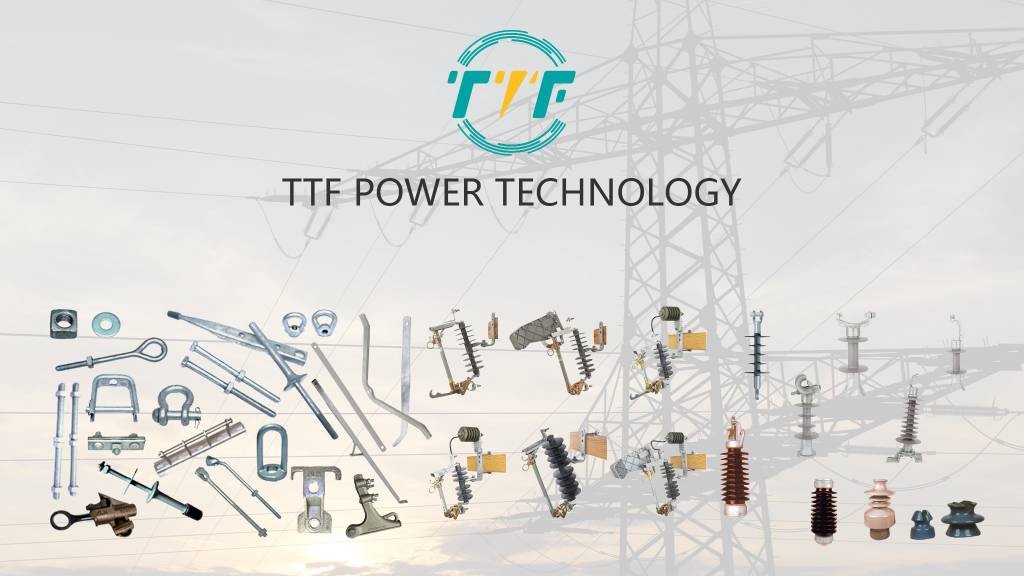
- Material selection—materials like fiberglass-reinforced polymers resist UV, humidity, and salt corrosion. Ceramic insulators serve in high-voltage applications or regions with extreme temperature swings.
- Proper mounting techniques—insulator ties are installed between the solar module clamps and the torque tube to prevent electrical contact. They ensure no conductive path exists between panels and the tracker structure. Other techniques include rail-based systems and grounding continuity checks.
- Seismic and wind load considerations—Peru is prone to earthquakes and high winds. The insulator ties used must withstand mechanical stress without cracking and maintain isolation under movement.
